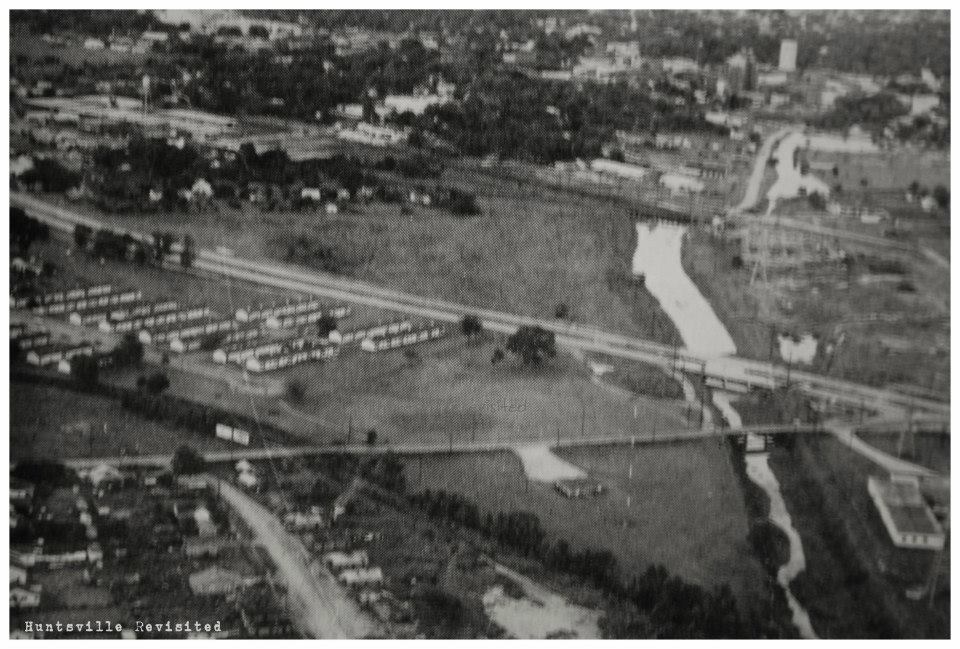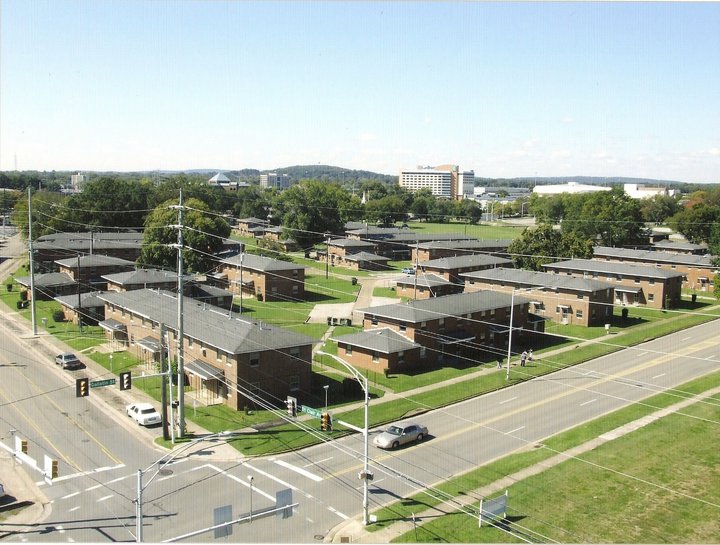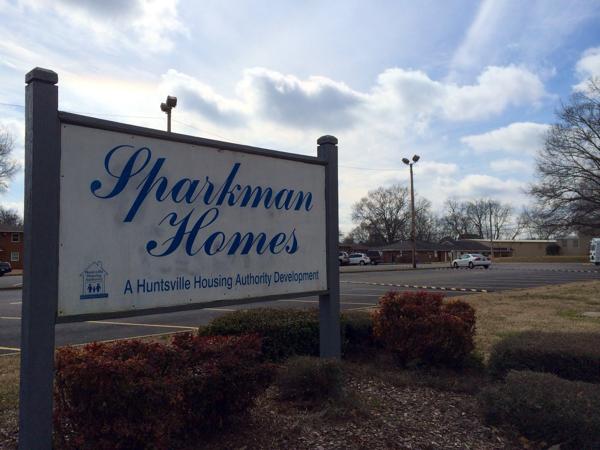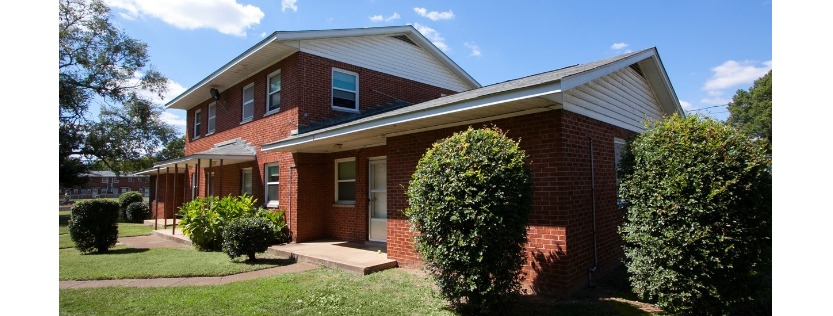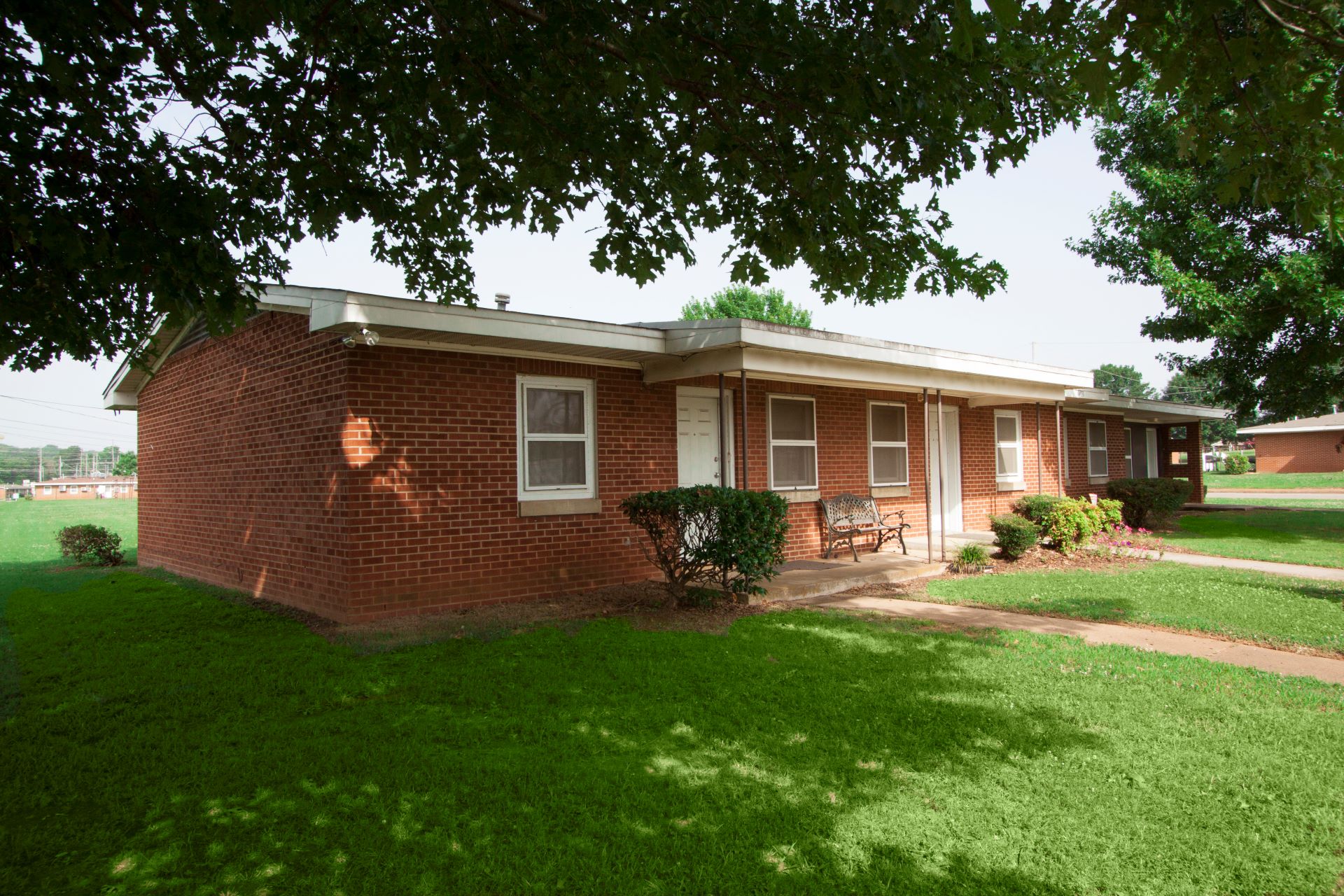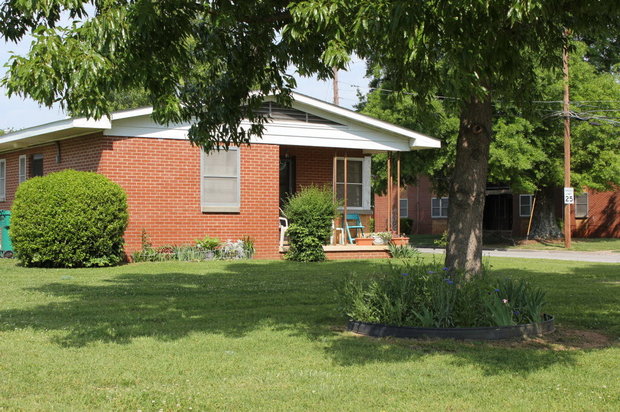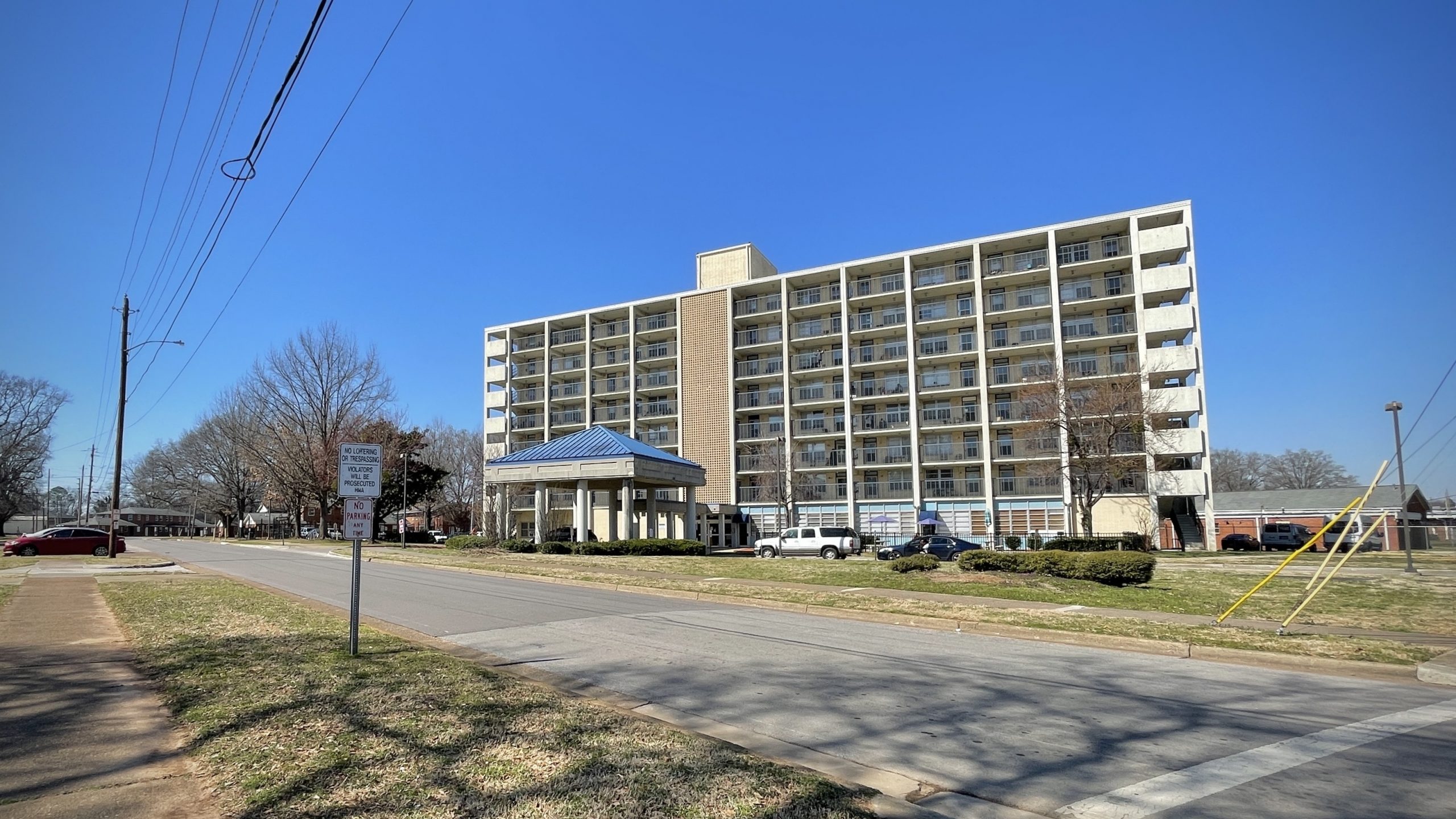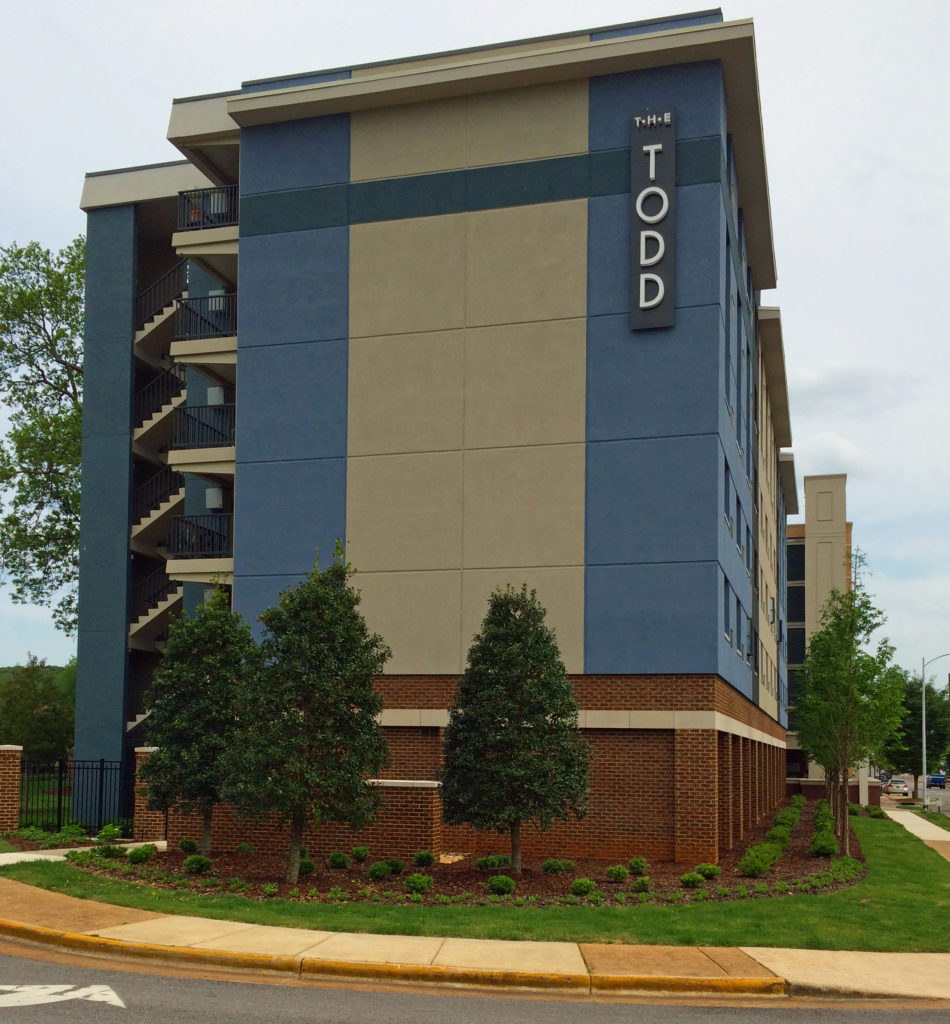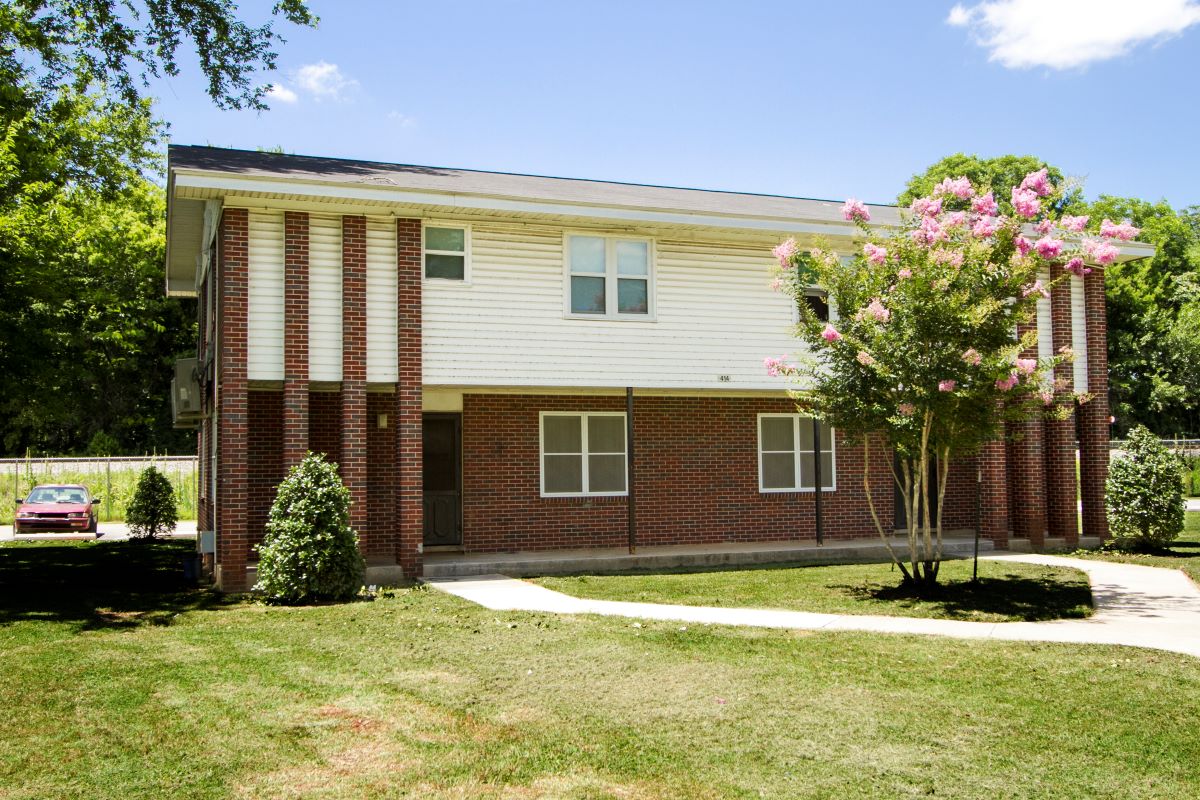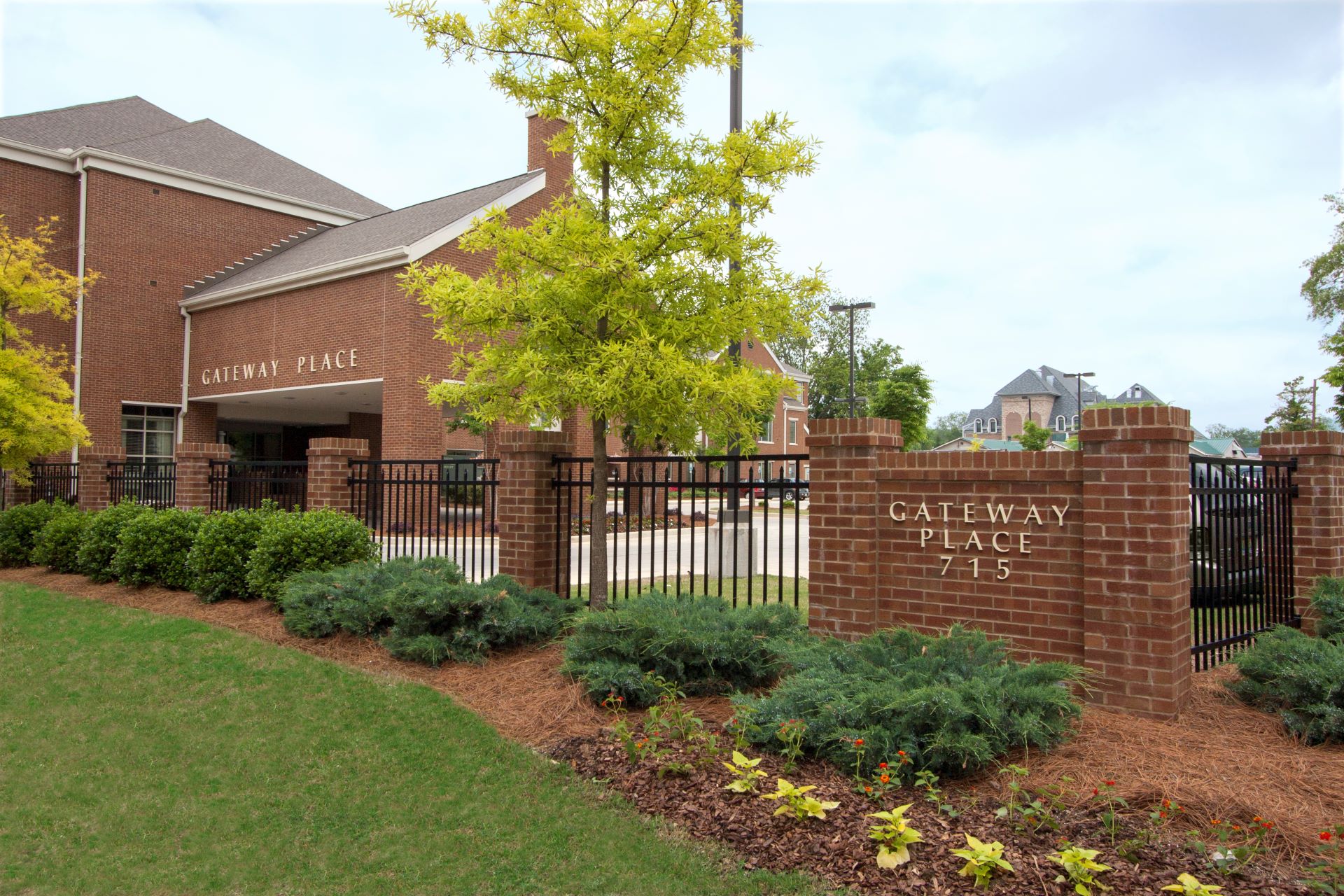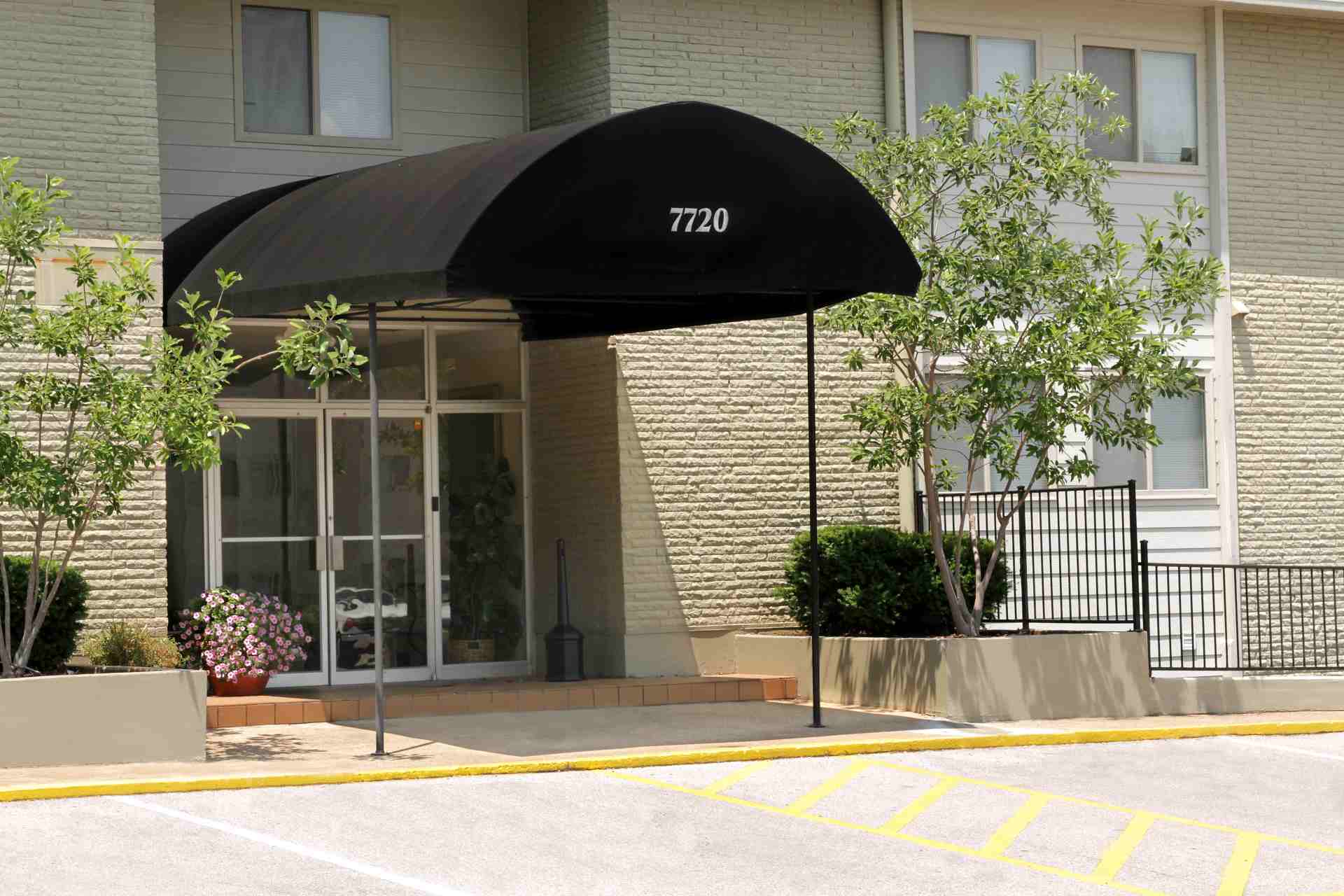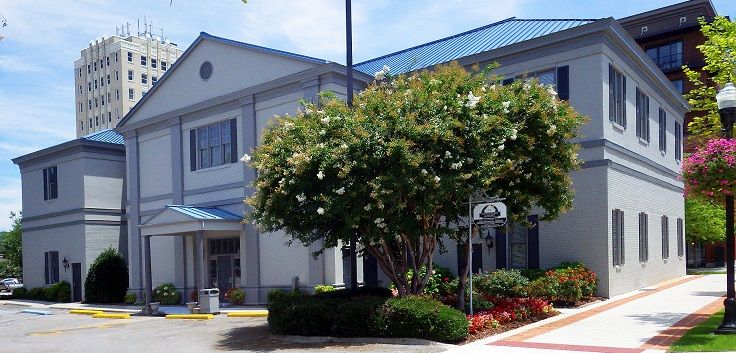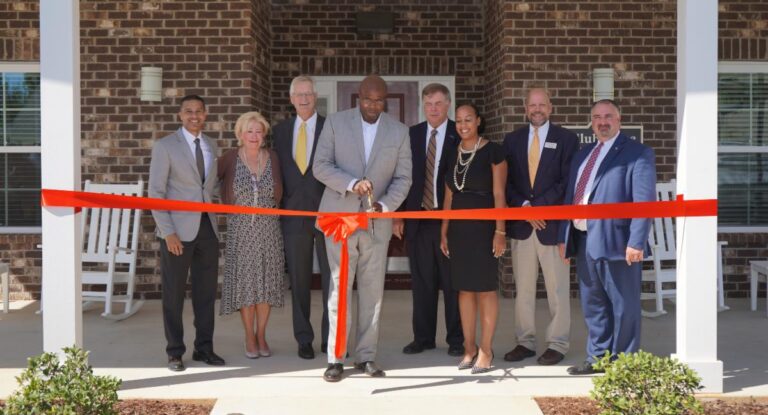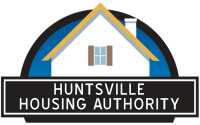Housing Inventory
The Authority’s ability to recruit and retain residents of a broad range of incomes is limited by both functional and aesthetic aspects of our properties. To expand income levels within our resident population, we will develop cost-efficient ways to improve both the appearance and utility of our properties. We will also pursue redevelopment opportunities within our public housing communities. Furthermore, we will continue to strive to improve the perceptions of public housing and its residents in an effort to minimize the “housing of last resort” stigma.
Nonprofit Partnerships
To cope with decreases in federal program income for support services, the Authority will work to develop a more extensive range of nonprofit partners to serve our residents. A key strategy will be identifying those organizations whose mission seeks to serve our population, and then incorporating methodologies that reduce redundancies and enhance the efficiency of the available services.
Relationship Strengthening
The Authority relies upon the goodwill of the community and its elected and business leaders to achieve its mission. We will improve these ties and investigate possible new methods of cooperation that will serve both the community as a whole and the resident population.
Land Use
The majority of the Authority’s public housing inventory was developed prior to the rapid expansion of our city. As a result, our public housing communities are located in areas that are now considered to be prime commercial property. Concurrently, the location of many jobs has shifted to areas away from the city center. By examining the highest and best use of our properties, we will be better prepared to capitalize upon this improving market for our property, while also improving our residents’ access to work and services.
Innovative Financing
The Authority’s inventory of public housing, while suffering from some forms of functional obsolescence, is located in areas of our community that are rapidly increasing in value. The Authority will investigate changes in regulations that allow public housing to be leveraged so that the Authority may better utilize these assets to further its mission.
New Revenue Streams
Predicated upon our concern regarding future federal funding, the Authority will actively develop new revenue streams for the Authority. Areas under examination include public/private partnerships, development of services for use by the private sector, and leveraging of existing assets to ensure that the Authority is able to continue fulfilling its mission.



